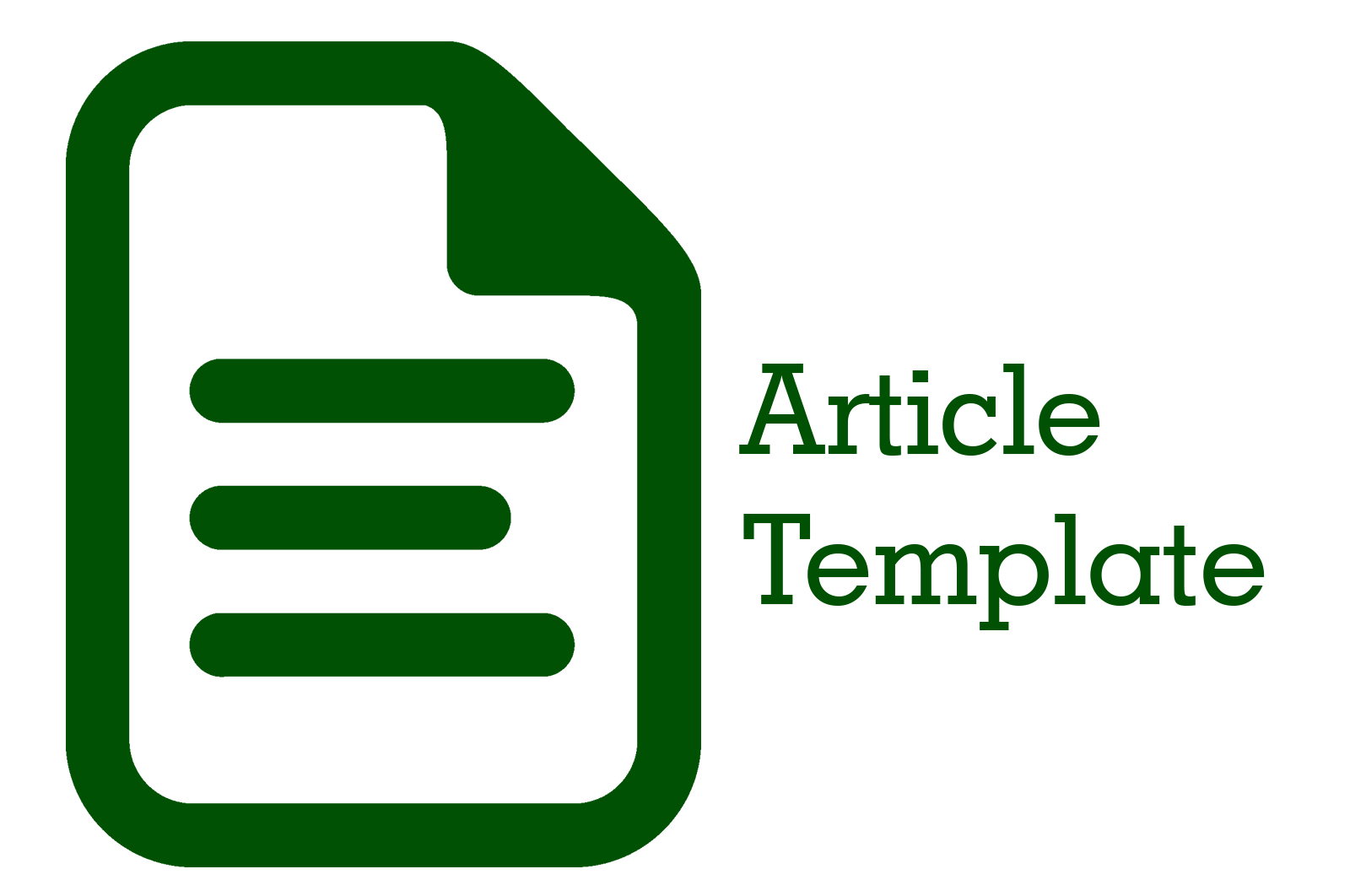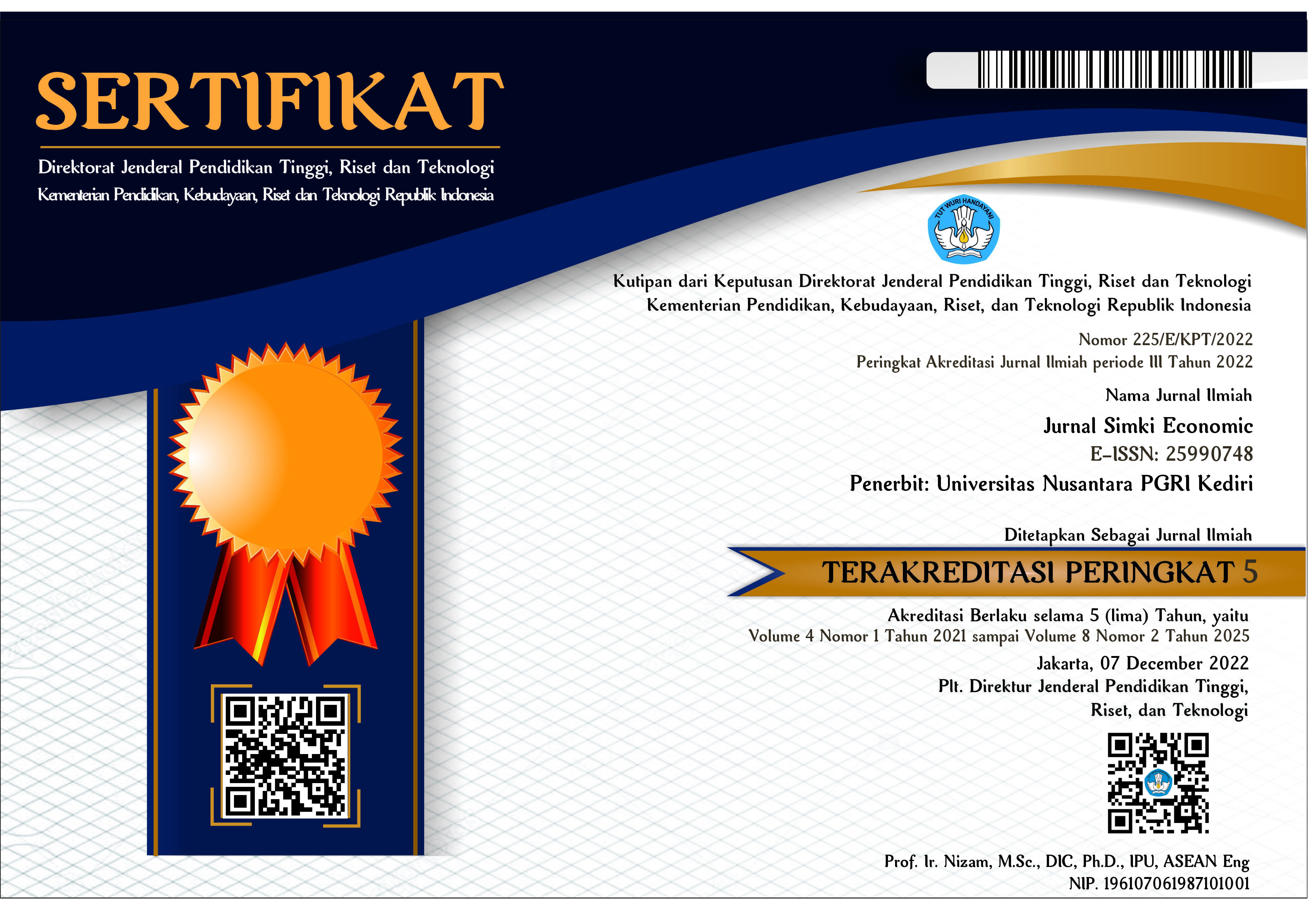Kegagalan Pembayaran Premi pada Pengguna Asuransi Kesehatan Swasta
 Abstract views: 917
,
Abstract views: 917
,
 PDF (Bahasa Indonesia) downloads: 1359
PDF (Bahasa Indonesia) downloads: 1359
Abstract
The increasing number of insurance policy owners who close their policies or surrender is one of the long-lasting effects of Covid-19. So it is necessary to investigate qualitatively about the things that underlie the decision making of users of private health insurance services to stop paying premiums to close their insurance policies. This study used a qualitative design with an in-depth interview approach to 10 of the best private health insurance service user informants according to Investor 2022 magazine in Indonesia between June - August 2022. Transcripts of all interview results were analyzed using thematic analysis with a theoretical framework approach to planning behavior (TPB). From the three themes it was found that the perception of obstacles is the only thing that underlies the surrender decision by users of private health insurance. Insurance companies should provide several options for premium payment restructuring schemes and product restructuring and easy access to these options so that customers can be persistent in continuing their policies.
Downloads
References
Babuna, P., Yang, X., Gyilbag, A., Awudi, D. A., Ngmenbelle, D., & Bian, D. (2020). The Impact of COVID-19 on the Insurance Industry. International Journal of Environmental Research and Public Health, 17(16). https://doi.org/10.3390/ijerph17165766
Baicker, K., Chandra, A., & Skinner, J. S. (2012). Saving Money or Just Saving Lives? Improving the Productivity of US Health Care Spending. Annual Review of Economics, 4(1), 33–56. https://doi.org/10.1146/annurev-economics-080511-110942
Batbold, O., & Pu, C. (2021). Willingness to pay for private health insurance among workers with mandatory social health insurance in Mongolia. International Journal for Equity in Health, 20(1), 7. https://doi.org/10.1186/s12939-020-01343-9
Brahmana, R., Brahmana, R. K., & Memarista, G. (2018). Planned Behaviour in Purchasing Health Insurance. The South East Asian Journal of Management. https://doi.org/10.21002/seam.v12i1.7465
Hajek, A., Enzenbach, C., Stengler, K., Glaesmer, H., Hinz, A., Röhr, S., Stein, J., Riedel-Heller, S. G., & König, H.-H. (2020). Determinants of Willingness to Pay for Health Insurance in Germany—Results of the Population-Based Health Study of the Leipzig Research Centre for Civilization Diseases (LIFE-Adult-Study). Frontiers in Public Health, 8. https://doi.org/10.3389/fpubh.2020.00456
Hong, J. H., & Rios-Rull, J.-V. (2004). Life Insurance and Household Consumption. SSRN Electronic Journal. https://doi.org/10.2139/ssrn.591946
Jazieh, A. R., & Kozlakidis, Z. (2020). Healthcare Transformation in the Post-Coronavirus Pandemic Era. Frontiers in Medicine, 7. https://doi.org/10.3389/fmed.2020.00429
Laroche, M., McDougall, G. H. G., Bergeron, J., & Yang, Z. (2004). Exploring How Intangibility Affects Perceived Risk. Journal of Service Research, 6(4), 373–389. https://doi.org/10.1177/1094670503262955
Lee, S.-J., Kwon, S. il, & Chung, S. Y. (2010). Determinants of Household Demand for Insurance: The Case of Korea. The Geneva Papers on Risk and Insurance - Issues and Practice, 35(S1), S82–S91. https://doi.org/10.1057/gpp.2010.29
Liaw, S.-S., & Huang, H.-M. (2013). Perceived satisfaction, perceived usefulness and interactive learning environments as predictors to self-regulation in e-learning environments. Computers & Education, 60(1), 14–24. https://doi.org/10.1016/j.compedu.2012.07.015
Liebenberg, A. P., Carson, J. M., & Dumm, R. E. (2012). A Dynamic Analysis of the Demand for Life Insurance. Journal of Risk and Insurance, 79(3), 619–644. https://doi.org/10.1111/j.1539-6975.2011.01454.x
Mahendradhata, Y., Andayani, N. L. P. E., Hasri, E. T., Arifi, M. D., Siahaan, R. G. M., Solikha, D. A., & Ali, P. B. (2021). The Capacity of the Indonesian Healthcare System to Respond to COVID-19. Frontiers in Public Health, 9. https://doi.org/10.3389/fpubh.2021.649819
Miti, J. J., Perkio, M., Metteri, A., & Atkins, S. (2020). Factors associated with willingness to pay for health insurance and pension scheme among informal economy workers in low- and middle-income countries: a systematic review. International Journal of Social Economics, 48(1), 17–37. https://doi.org/10.1108/IJSE-03-2020-0165
Porter, M. E. (2010). What Is Value in Health Care? New England Journal of Medicine, 363(26), 2477–2481. https://doi.org/10.1056/NEJMp1011024
Ranjbar, M., Kazemi Karyani, A., Shafiei, M., & Tayefi, E. (2020). Determining Health Insurance attributes and Levels: A Qualitative Study. Quarterly Journal of Management Strategies in Health System. https://doi.org/10.18502/mshsj.v5i1.3278
Schwarcz, D. (2010). Insurance Demand Anomalies and Regulation. Journal of Consumer Affairs, 44(3), 557–577. https://doi.org/10.1111/j.1745-6606.2010.01184.x
Stavrunova, O. (2019). Choice Inconsistencies in the Demand for Private Health Insurance. In Oxford Research Encyclopedia of Economics and Finance. Oxford University Press. https://doi.org/10.1093/acrefore/9780190625979.013.56
Steigenberger, C., Flatscher-Thoeni, M., Siebert, U., & Leiter, A. M. (2022). Determinants of willingness to pay for health services: a systematic review of contingent valuation studies. The European Journal of Health Economics, 23(9), 1455–1482. https://doi.org/10.1007/s10198-022-01437-x
Tanne, J. H., Hayasaki, E., Zastrow, M., Pulla, P., Smith, P., & Rada, A. G. (2020). Covid-19: how doctors and healthcare systems are tackling coronavirus worldwide. BMJ, m1090. https://doi.org/10.1136/bmj.m1090
Thompson, J. C., Cichowski, S. B., Rogers, R. G., Qeadan, F., Zambrano, J., Wenzl, C., Jeppson, P. C., Dunivan, G. C., & Komesu, Y. M. (2019). Outpatient visits versus telephone interviews for postoperative care: a randomized controlled trial. International Urogynecology Journal, 30(10), 1639–1646. https://doi.org/10.1007/s00192-019-03895-z
Tsevelvaanchig, U., Gouda, H., Baker, P., & Hill, P. S. (2016). Role of emerging private hospitals in a post-Soviet mixed health system: a mixed methods comparative study of private and public hospital inpatient care in Mongolia. Health Policy and Planning, czw157. https://doi.org/10.1093/heapol/czw157
Tsevelvaanchig, U., Narula, I. S., Gouda, H., & Hill, P. S. (2018). Regulating the for-profit private healthcare providers towards universal health coverage: A qualitative study of legal and organizational framework in Mongolia. The International Journal of Health Planning and Management, 33(1), 185–201. https://doi.org/10.1002/hpm.2417
Ur Rahman, I., Jian, D., Junrong, L., & Shafi, M. (2021). Socio-economic status, resilience, and vulnerability of households under COVID-19: Case of village-level data in Sichuan province. PLOS ONE, 16(4), e0249270. https://doi.org/10.1371/journal.pone.0249270
Xiao, J. J., & Porto, N. (2019). Financial education and insurance advice seeking. The Geneva Papers on Risk and Insurance - Issues and Practice, 44(1), 20–35. https://doi.org/10.1057/s41288-018-0108-1
Copyright (c) 2023 Asriah Syam, Dyan Fauziah Suryadi, Azniah Syam

This work is licensed under a Creative Commons Attribution 4.0 International License.














